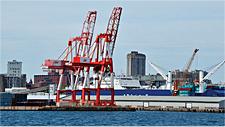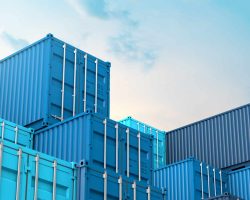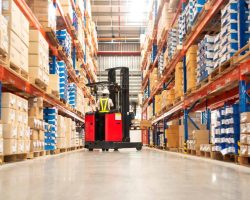 |
Container ships are once again stacking up off Southern California’s jammed ports of Los Angeles and Long Beach, as a flood of imports and logjams in domestic logistics networks affect operations at the biggest U.S. gateway for seaborne trade with Asia. The number of ships waiting to enter this gateway has reached the highest level since the pandemic began, increasing delays for companies trying to replenish inventories during one of the busiest times of the year for ocean freight.
In mid-September, over sixty container ships were at offshore anchorage, awaiting a spot to berth. Just a couple of months ago, the number of container ships at anchor at these ports, which together handle more than a third of all U.S. seaborne imports, had dwindled to nine. In normal times, the number is one or none. Leaders of the two ports say the armada of cargo ships is due to surging volumes and unpredictability in global supply chains caused by the COVID 19 pandemic, and has been exacerbated by shippers pulling holiday season imports forward to avoid delays later.
The ports of Los Angeles and Long Beach provide an egregious example of vessel bunching but other ports, including Oakland, Seattle, Tacoma, Savannah and New York-New Jersey have contended with the same issue on and off over the past few months. The sheer volume of equipment sitting idle, which results in reduced capacity overall, is leading to even more compromises to the logistics chain. This ripple effect, which reduces the number of available containers in the system and ties up vessels as they sit idle, is one of the reasons we have seen ocean freight rates increase substantially this year. Demand for containers and vessel space remains strong, however, supply of such assets remains low in comparison due to these ongoing issues.
In an effort to offset this, in August container lines began upping their deployment of Trans-Pacific capacity, with approximately 22 percent more capacity available to the West Coast through December than was available in March through July. Carriers are also adding approximately 14.4 percent more capacity to the East Coast through year-end. While this may be good news for shippers, it could lead to even worse port congestion.
In terms of where we are heading, many experts suggests port congestion will persist through the remainder of this year and possibly into 2022.
For more information, contact David Lychek, Director – Ocean & Air Services.
















